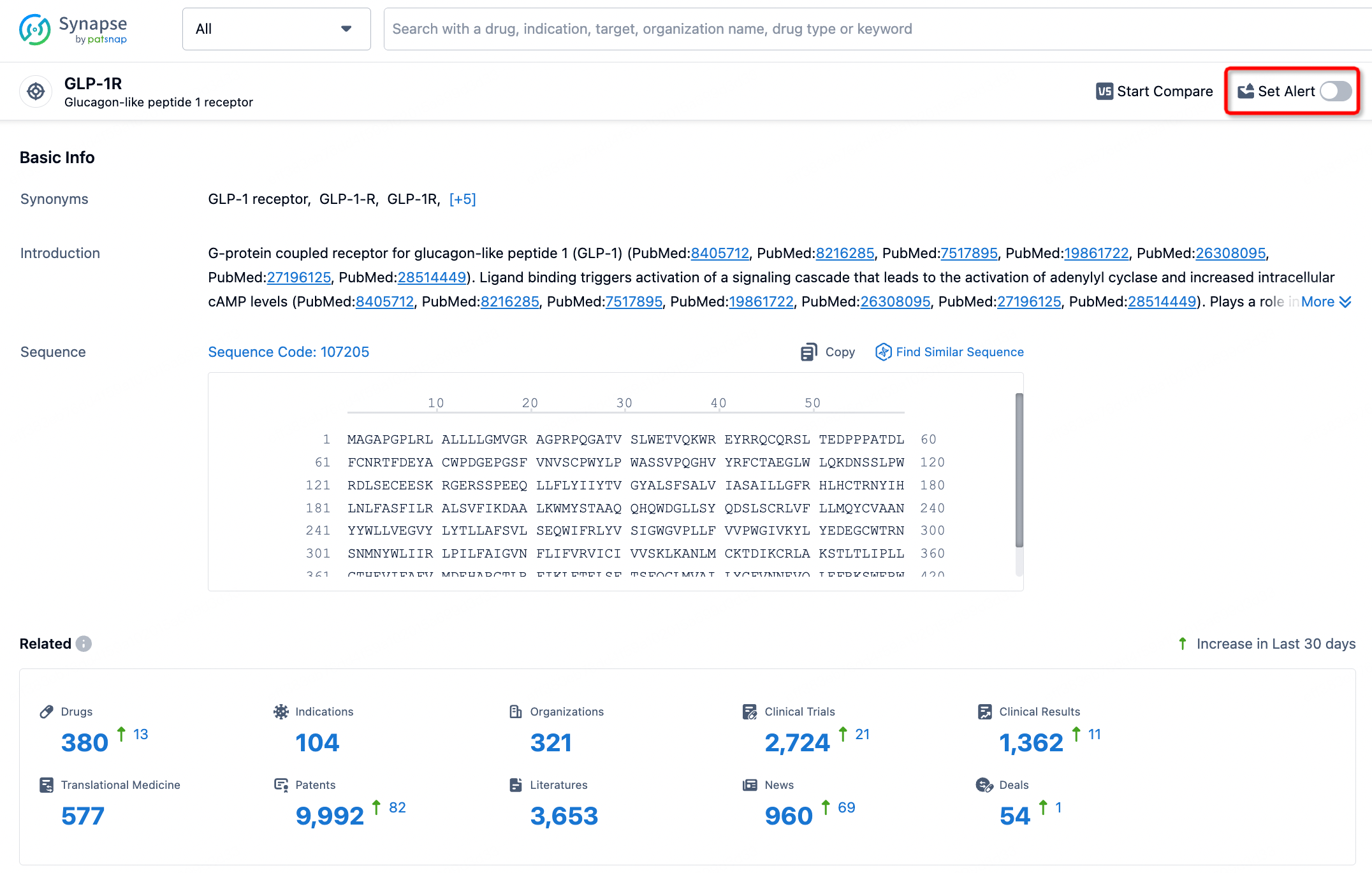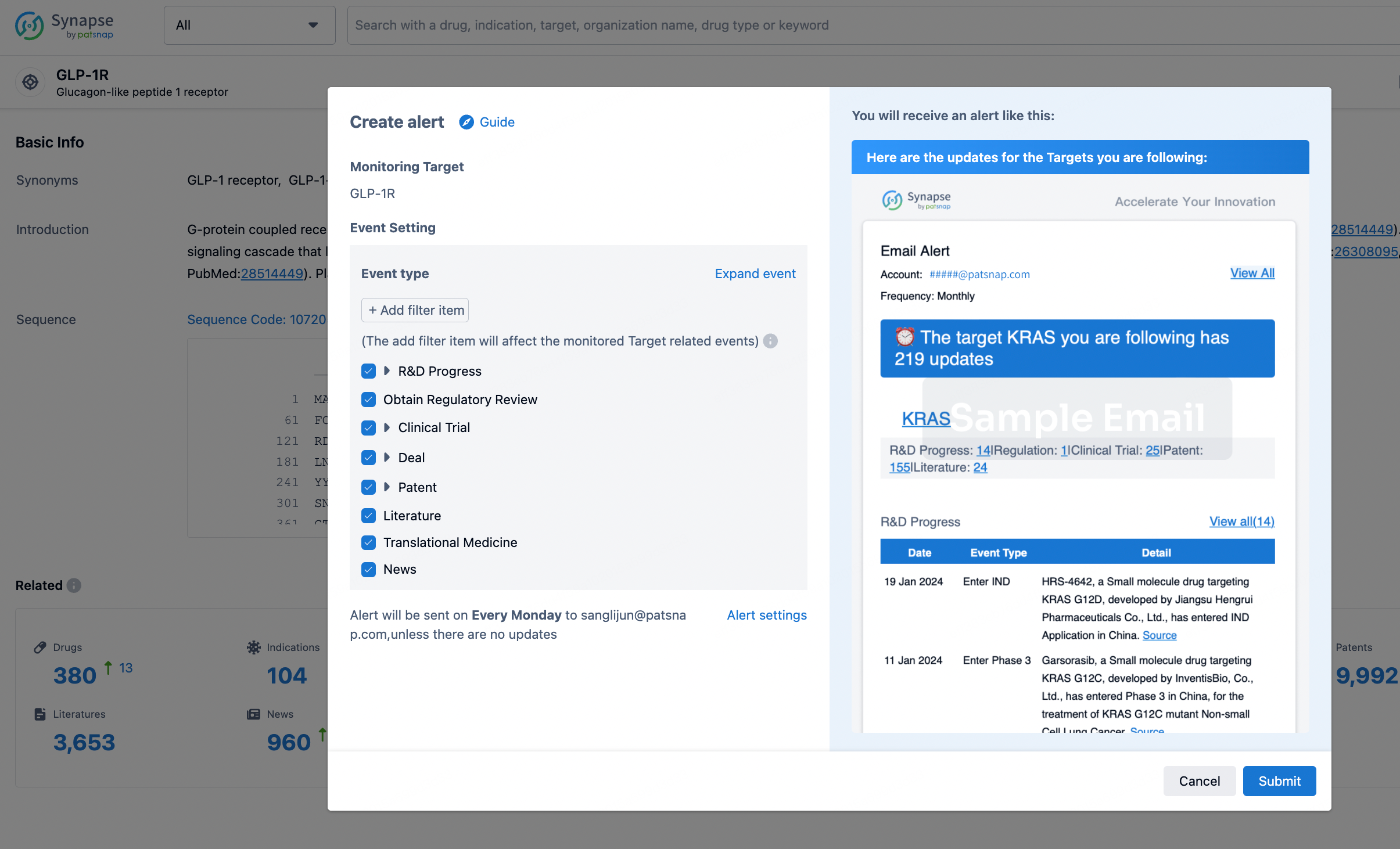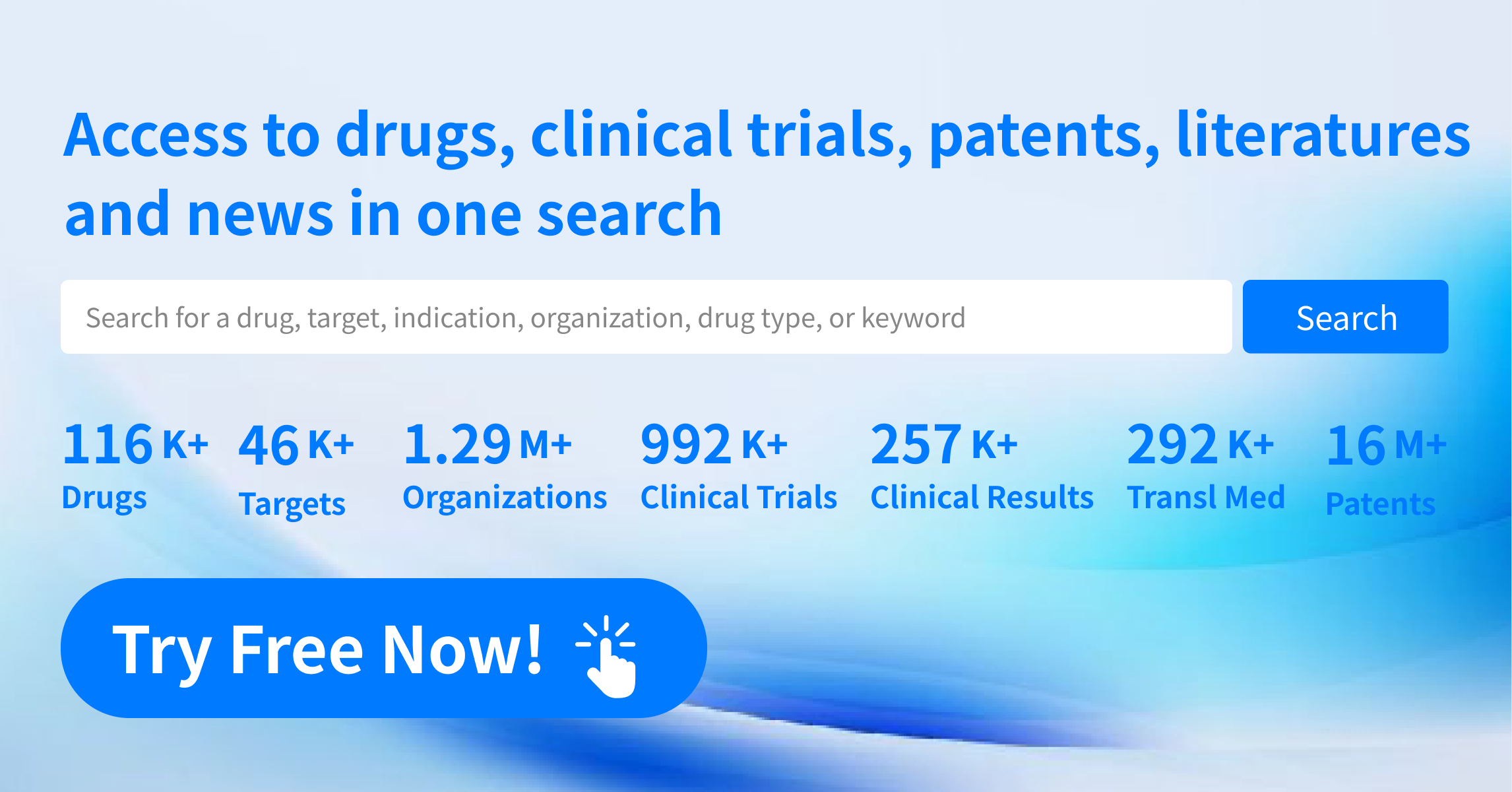Request Demo
What are CXCL11 modulators and how do they work?
25 June 2024
CXCL11, also known as Interferon-inducible T-cell alpha chemoattractant (I-TAC), is a small cytokine that plays critical roles in immune system signaling and inflammation. It binds to the CXCR3 receptor and is involved in the recruitment and activation of immune cells. Given its pivotal role in immunological processes, CXCL11 and its modulators are of significant interest in medical research and therapeutic applications. In this post, we will delve into the workings of CXCL11 modulators, their mechanisms of action, and their potential applications.
CXCL11 modulators are compounds or biological agents that can influence the activity or expression of the CXCL11 chemokine. These modulators can either be agonists, which enhance the effect of CXCL11, or antagonists, which inhibit its action. The primary goal of using these modulators is to either amplify or suppress immune responses, depending on the therapeutic needs.
Agonists of CXCL11 usually work by mimicking the natural ligand, binding to the CXCR3 receptor, and activating downstream signaling pathways. This activation leads to the recruitment and activation of immune cells like T-cells and natural killer (NK) cells, which are essential for mounting an effective immune response against pathogens or tumors.
On the other hand, antagonists of CXCL11 function by blocking the interaction between CXCL11 and its receptor CXCR3. This can prevent the downstream signaling cascade that leads to immune cell recruitment and activation. Antagonists can be especially useful in conditions where excessive immune activation leads to tissue damage, such as in autoimmune diseases.
The use of CXCL11 modulators spans a variety of medical fields due to their ability to finely tune immune responses. Here are some of the most promising applications:
1. **Cancer Therapy:** One of the most exciting applications of CXCL11 modulators is in cancer immunotherapy. CXCL11 agonists can be used to enhance the recruitment of immune cells to the tumor microenvironment, thereby promoting the destruction of cancer cells. Studies have shown that high levels of CXCL11 are associated with better prognosis in several types of cancer, including melanoma and colorectal cancer. By boosting the levels or activity of CXCL11, researchers aim to improve the efficacy of immunotherapies.
2. **Autoimmune Diseases:** In autoimmune conditions like rheumatoid arthritis, multiple sclerosis, and lupus, the body's immune system mistakenly attacks its tissues. CXCL11 antagonists can be used to dampen these inappropriate immune responses. By inhibiting the action of CXCL11, these modulators can reduce inflammation and tissue damage, providing a new avenue for treating these debilitating diseases.
3. **Infectious Diseases:** CXCL11 plays a crucial role in the immune response to various pathogens. Modulating its activity can enhance the body's ability to fight infections. For example, enhancing CXCL11 activity could potentially improve the immune response to chronic infections like HIV or hepatitis, where the immune system often fails to clear the infection.
4. **Transplantation:** In organ transplantation, the immune system's response to the foreign tissue is a significant concern. CXCL11 antagonists could potentially be used to reduce the risk of transplant rejection by dampening the immune response against the transplanted organ.
5. **Inflammatory Diseases:** Chronic inflammatory conditions, such as inflammatory bowel disease (IBD) and chronic obstructive pulmonary disease (COPD), could also benefit from CXCL11 modulation. By inhibiting excessive immune cell recruitment and activation, CXCL11 antagonists can help manage chronic inflammation and its associated symptoms.
In conclusion, CXCL11 modulators represent a versatile and promising class of therapeutic agents with the potential to address a wide range of diseases. Whether enhancing immune responses to fight cancer and infections or dampening them to treat autoimmune and inflammatory conditions, these modulators offer new hope for patients and a fertile ground for future research. As our understanding of CXCL11 and its pathways continues to grow, so too will the potential applications and efficacy of these innovative treatments.
CXCL11 modulators are compounds or biological agents that can influence the activity or expression of the CXCL11 chemokine. These modulators can either be agonists, which enhance the effect of CXCL11, or antagonists, which inhibit its action. The primary goal of using these modulators is to either amplify or suppress immune responses, depending on the therapeutic needs.
Agonists of CXCL11 usually work by mimicking the natural ligand, binding to the CXCR3 receptor, and activating downstream signaling pathways. This activation leads to the recruitment and activation of immune cells like T-cells and natural killer (NK) cells, which are essential for mounting an effective immune response against pathogens or tumors.
On the other hand, antagonists of CXCL11 function by blocking the interaction between CXCL11 and its receptor CXCR3. This can prevent the downstream signaling cascade that leads to immune cell recruitment and activation. Antagonists can be especially useful in conditions where excessive immune activation leads to tissue damage, such as in autoimmune diseases.
The use of CXCL11 modulators spans a variety of medical fields due to their ability to finely tune immune responses. Here are some of the most promising applications:
1. **Cancer Therapy:** One of the most exciting applications of CXCL11 modulators is in cancer immunotherapy. CXCL11 agonists can be used to enhance the recruitment of immune cells to the tumor microenvironment, thereby promoting the destruction of cancer cells. Studies have shown that high levels of CXCL11 are associated with better prognosis in several types of cancer, including melanoma and colorectal cancer. By boosting the levels or activity of CXCL11, researchers aim to improve the efficacy of immunotherapies.
2. **Autoimmune Diseases:** In autoimmune conditions like rheumatoid arthritis, multiple sclerosis, and lupus, the body's immune system mistakenly attacks its tissues. CXCL11 antagonists can be used to dampen these inappropriate immune responses. By inhibiting the action of CXCL11, these modulators can reduce inflammation and tissue damage, providing a new avenue for treating these debilitating diseases.
3. **Infectious Diseases:** CXCL11 plays a crucial role in the immune response to various pathogens. Modulating its activity can enhance the body's ability to fight infections. For example, enhancing CXCL11 activity could potentially improve the immune response to chronic infections like HIV or hepatitis, where the immune system often fails to clear the infection.
4. **Transplantation:** In organ transplantation, the immune system's response to the foreign tissue is a significant concern. CXCL11 antagonists could potentially be used to reduce the risk of transplant rejection by dampening the immune response against the transplanted organ.
5. **Inflammatory Diseases:** Chronic inflammatory conditions, such as inflammatory bowel disease (IBD) and chronic obstructive pulmonary disease (COPD), could also benefit from CXCL11 modulation. By inhibiting excessive immune cell recruitment and activation, CXCL11 antagonists can help manage chronic inflammation and its associated symptoms.
In conclusion, CXCL11 modulators represent a versatile and promising class of therapeutic agents with the potential to address a wide range of diseases. Whether enhancing immune responses to fight cancer and infections or dampening them to treat autoimmune and inflammatory conditions, these modulators offer new hope for patients and a fertile ground for future research. As our understanding of CXCL11 and its pathways continues to grow, so too will the potential applications and efficacy of these innovative treatments.
How to obtain the latest development progress of all targets?
In the Synapse database, you can stay updated on the latest research and development advances of all targets. This service is accessible anytime and anywhere, with updates available daily or weekly. Use the "Set Alert" function to stay informed. Click on the image below to embark on a brand new journey of drug discovery!
AI Agents Built for Biopharma Breakthroughs
Accelerate discovery. Empower decisions. Transform outcomes.
Get started for free today!
Accelerate Strategic R&D decision making with Synapse, PatSnap’s AI-powered Connected Innovation Intelligence Platform Built for Life Sciences Professionals.
Start your data trial now!
Synapse data is also accessible to external entities via APIs or data packages. Empower better decisions with the latest in pharmaceutical intelligence.


